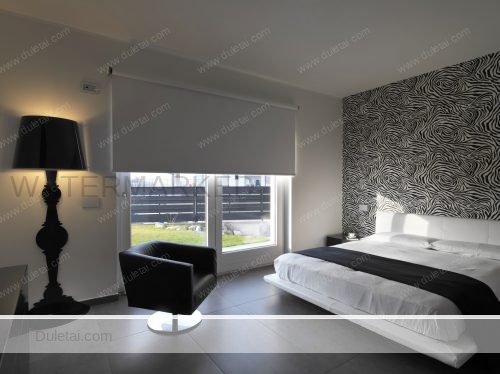2021 Electricity shortage & USA QE chain reactions
Views: 101
Following is the information gathered by our company recently that may help you to understand the cause of price rise and dramatically delay of production.
1. China electricity shortage
The China ministry of Ecology and Environment has issued the draft of “2021-2022 Autumn and Winter Action plain for Air Pollution Management” in september, so start from september our manufacturing operation has been adjusted to “run for 3 days and stop 4 days every week”, and the production capacity is less than half of that under normal conditions. Following is the chain reactions that may give us a better view:
Government announced carbon neutrality target > Reduce coal consumption > Power plant reduce output (Over 60% chinese power plant burn coal) > Power shortage > Factory machine standby > Cost rise (Wastage of labour and machine capacity) > Delivery delay > Material shortage on market > Manufacturer compete raw material > Raw material cost rise

Related News:
Result: The shortage and cost rise is happening all over china for all the manufacturers. And this situation will be normal for quite a while. What we can do is do our best to demonstrate our skill fully in this competition. We hope all our customers understand this trend and stand with us. Unstable market is also a big chance for all the players in this game, with mutual trust and swift actions, we will pass this difficult period together.
2. USA Quantitative Easing
US’ excessive money-printing > Purchase goods from all over the world > Over supplied USD on the market (Export of inflation)> Global products and material cost rise (Oil and chemicals) > China import raw material cost rise (PVC resin cost ) > Export product cost rise
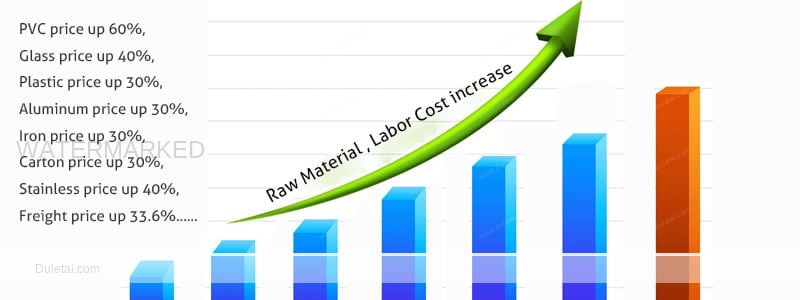
3. Worldwide power shorage
France, Spain and Poland are among the EU-member-states urging Brussels to intervene in energy markets as wholesale gas prices soar to record levels, hitting businesses and families. The European Union seeks to keep plans to tackle climate change on track amid record-high energy costs. But it’s clear that poorer households have to be supported in some way. European countries aren’t alone in their struggle with energy-supply. India is facing a crunch in coal, following a surge in demand. Energy suppliers there have recently added over 28 million consumers, mostly lower-middle class and poor, who are buying goods like fans, lights and TV sets. It’s not just soaring demand: Recent monsoon rains flooded mines and disrupted transport. That sent coal prices up sharply for power stations. Coal generates nearly 70 percent of India`s electricity. Three-quarters of the fuel is mined domestically. State-run giant Coal India produces most of the country’s supply … and says it’s now a ‘war-footing’ to ensure deliveries. But supplies for more than half of coal fired plants are at a critical level. Delhi says it’s even considering rebooting IDLED power stations.
What we did?
We have warned all our sales agent in the begining of September about what is happening now, i think you already received the notice to speed up the process of running order from our sales agent one month ago. For all the order processing, we already locked the price, so its safty is on, only conern is delivery, this part we hope our customer can understand the big enviroment and give us more time than than usual.
Suggestions for customer:
Wakeup!!
Speed up working process.
Place order immediately.
Talk to our sales about the purchasing plan of 2022.
- Published in News
Everything You Need to Know About Outdoor Fabrics
Views: 262
Today’s outdoor fabrics are nothing like the outdoor fabrics of old. Outdoor fabrics have come a long way since barkcloth, oilcloth, and vinyl. We now have a multitude of outdoor fabrics made from superior materials, such as 100% solution-dyed acrylic and 100% high UV-resistant polyester. Not only are there better outdoor fabric materials, but there is also a variety of outdoor fabric styles to perfectly coordinate with your décor, including bright colors, stunning patterns, and intricate textures.
Can I Use Indoor Fabric Outdoors?
Sure, but don’t expect your cushions and pillows to last long! Indoor fabric colors bleed when wet and fade easily. Unlike many indoor fabrics, outdoor fabrics are designed with longevity in mind. Outdoor fabrics are made to withstand UV rays, precipitation, pollen, dirt, and mildew. They are easily cleaned by simply brushing off dirt or by using a solution of mild soap and water.
Can I Use Outdoor Fabric Indoors?
Yes! In fact, in many situations, outdoor fabric is probably best. Because it’s stain- and water-repellent as well as easy to clean, outdoor fabric is an excellent option for homes with children, pets, and high-traffic areas. And because outdoor fabric is tough against fading, it is great for furniture situated near windows. If you are thinking that outdoor fabrics are scratchy and stiff, that’s no longer the case. Many of today’s outdoor fabrics feature soft textured weaves and jacquards.
Is There a Difference Between Outdoor Fabric Brands?
Yes. Not all outdoor fabrics are created equally. While the majority of the outdoor fabrics produced today are made of synthetic materials, each brand uses a different manufacturing process or provides a different textile blend. Some of the most popular outdoor fabric types include 100% solution-dyed acrylic and 100% high UV polyester. Because these fabrics are made of synthetic fibers, they are both mildew- and mold-resistant. Each fabric brand carries different warranties on fading. Brands with fabric made from 100% solution-dyed acrylic carry warranties ranging from 5-6 years while brands featuring 100% high UV polyester have a 3-year warranty.
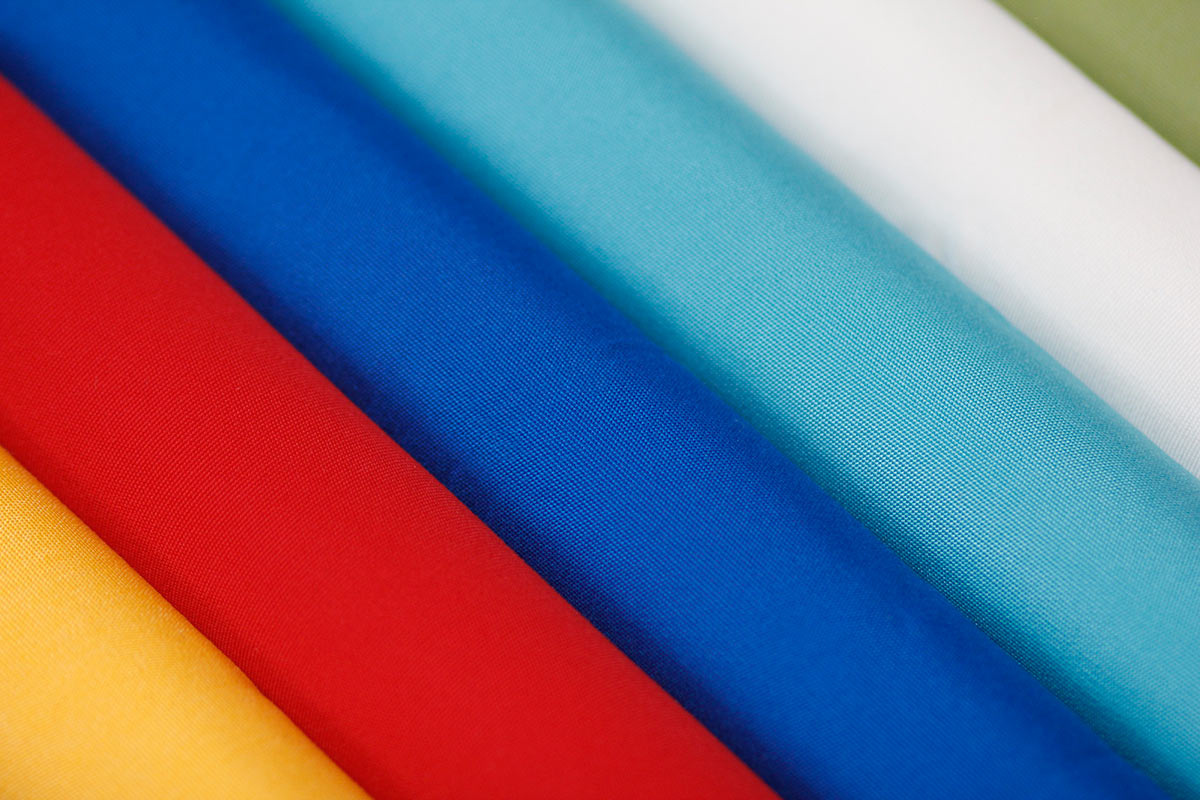

One of the most well-known outdoor fabric brands is Sunbrella, which is made with 100% solution-dyed acrylic yarns. However, other brands, like Outdura, PARA` Tempotest, and Robert Allen Open Air are also made of the same type of material. The manufacturing process of these fabrics is what makes these brands so exceptional. During the solution-dyed acrylic yarn making process, color is added to the acrylic fibers while they are still in a liquid state, giving the fabrics long-lasting color. . Also during production, the fabric is treated with a stain- and water-repellent finish. 303 Fabric Guard replaces this finish if it has been removed after cleaning.
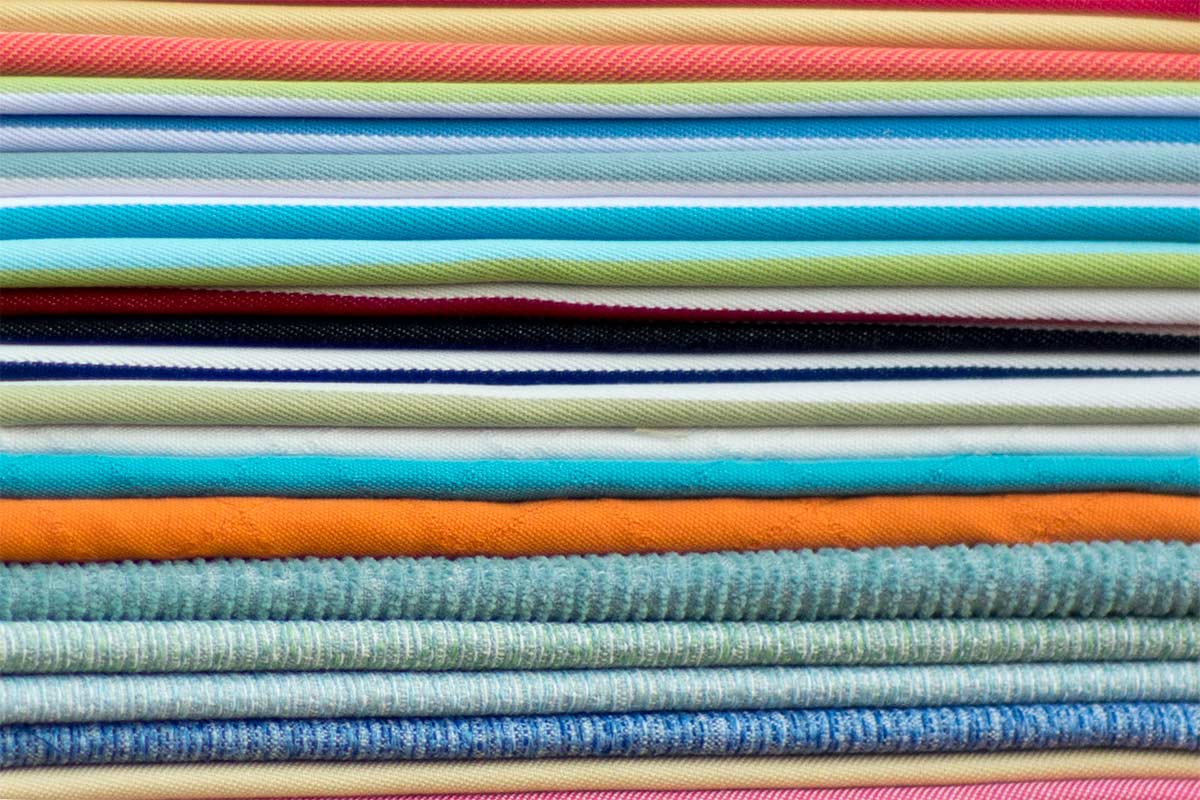
Al Fresco Functional Fabrics are made from 100% high UV-resistant polyester. Unlike many polyester outdoor fabrics, Al Fresco fabrics are not screen printed. Instead, the yarns are woven, creating a lasting design with a higher resistance to fading. Although 100% solution-dyed acrylic fabrics have a better warranty against fading, some Al Fresco fabrics, like the Cabana Stripes and Denims, pass an impressive 117,000 double rubs.
Which Outdoor Fabric Should I Choose?
Choosing the right outdoor fabric depends on how you plan to use it. Solution-dyed acrylic and woven polyester work well for all indoor and outdoor throw pillows and drapes. For cushions, upholstery, or other frequently used items, 100% solution-dyed acrylic and Al Fresco’s fabric that passes 117,000 double rubs are best. Anything that will spend extensive hours in the sun should be made with 100% solution-dyed acrylic because of its high UV rating.
Overall, the best fabric is the one you love most. Now that there is a wealth of options, it is easier to find a favorite fabric that is suitable for outdoors.
- Published in Technology
Introductions of Outdoor Fabrics
Views: 199
Outdoor fabrics differ from indoor fabrics in that they are made to be more durable, and they undergo a chemical treatment process during manufacturing that ensures they will resist stains and mildew. Outdoor fabrics are woven fibers that differ in strength and durability. The primary difference between each type of the most commonly used outdoor fabric lies in the manufacturing process and the fibers that they are made from.
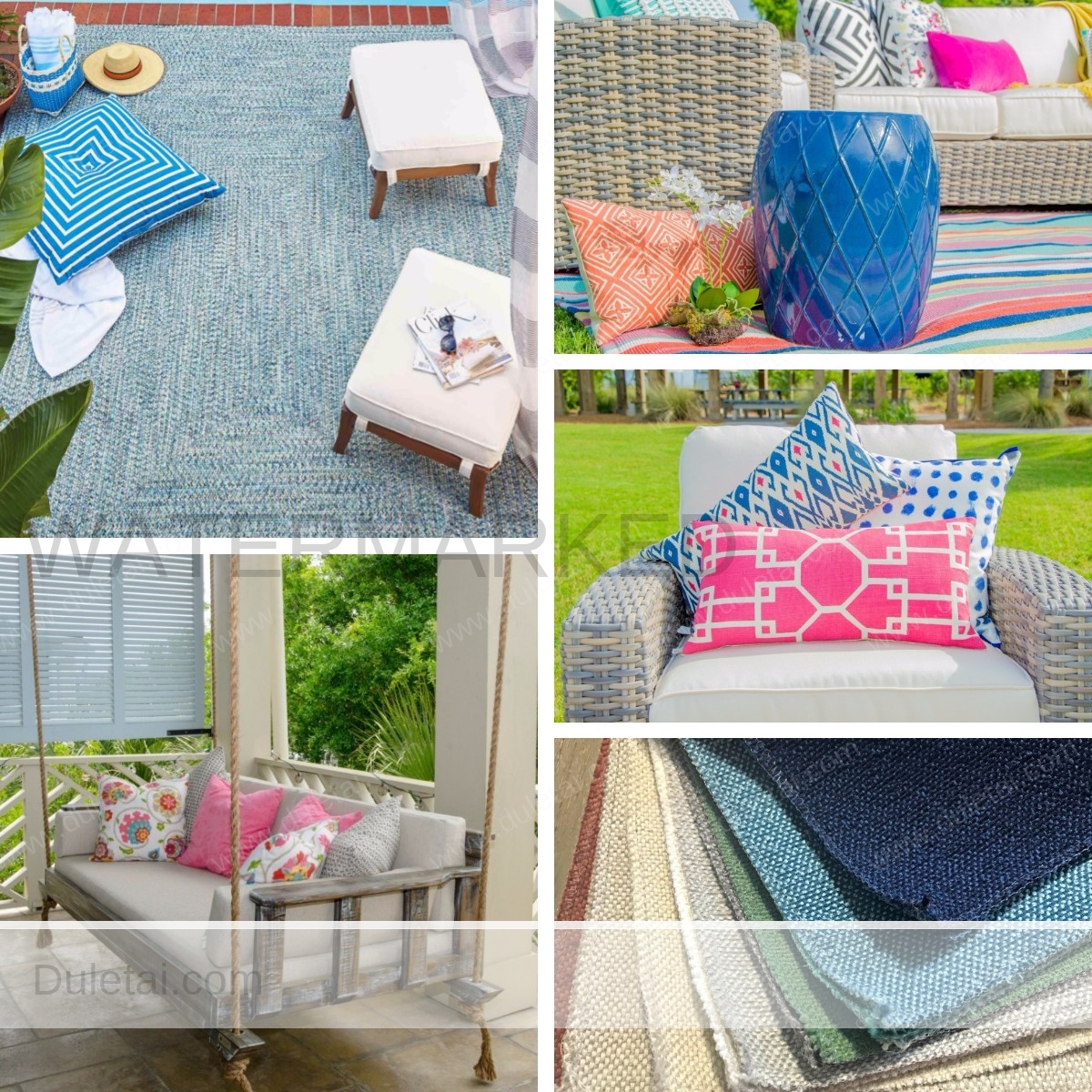
Solution-Dyed Acrylics
Solution-dyed acrylics are fabrics that are dyed before the yarn is created. Most fabrics begin colorless, and then the fibers are woven into yarn, and the yarn is dyed before it is woven into a fabric. With solution-dyed acrylic, a liquid acrylic solution is mixed with the dye, and then it is formed into a fiber so it already has color before it is spun into a yarn. This process makes it color-fast and water-resistant. Solution-dyed acrylics are soft and breathable like canvas and are commonly used in awnings and patio umbrellas, but a softer, more porous version is also used for outdoor pillows and cushions.
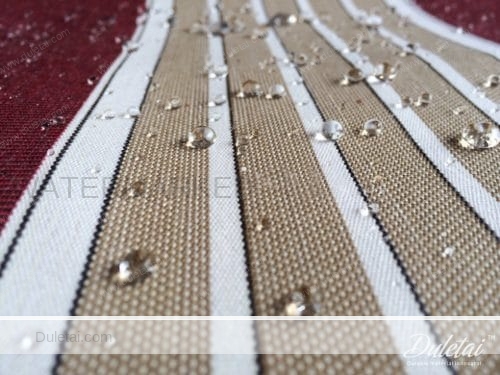
Acrylic-Coated Polyesters
Acrylic is used as a base for many outdoor fabrics because of its durability and resistance to wrinkling, fading, and mildew growth. Polyester shares may of these properties, and the use of both fabrics in one material makes a durable outdoor fabric. To make acrylic-coated polyester, the fabric threads are woven first and then the material is dipped into an acrylic coating to color it. This fabric is also available in cotton-polyester blends, which typically have a more appealing appearance. Acrylic-coated polyester and cotton-polyester blends are typically used to make boat and car protectors but may also be used as patio umbrellas and awnings.
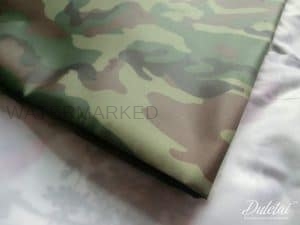
Vinyl-Coated Synthetic Fiber Mesh
Vinyl-coated synthetic fiber mesh is also referred to as PVC mesh or slingable fabric. It is often used for sling-type outdoor chairs, whose fabric — not the frame — supports your weight. This fabric is strong and does not stretch. Other fabrics, such as solution-dyed acrylic, printed polyester and printed acrylic outdoor fabrics, are not strong enough to cover these types of chairs. Most PVC mesh fabrics are made of vinyl-coated polyester or acrylic yarns, as well as other synthetics such as olefin and PVC, but the composition of materials varies depending on the manufacturer. They make a durable, easy-to-clean, colorfast and strong outdoor fabric that doesn’t promote mildew growth.
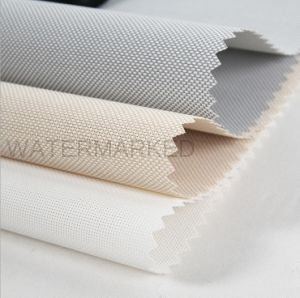
Olefin
Olefin is a manmade fiber that is typically used along with other fibers to create outdoor fabric blends. It is often used in outdoor furniture and for a variety of other applications, including house wrap, marine coverings and clothing. Depending on its chemical structure, olefin may also be referred to as polyethylene or polypropylene. It is manufactured in a similar manner as polyester and nylon. The chemicals used are melted and fed through a shower-head-like device called a spinneret head to form long fibers. Olefin typically has a smooth texture and is usually solution-dyed. It is a durable fabric that dries quickly and resistant to weathering, chemicals, stains and mildew.
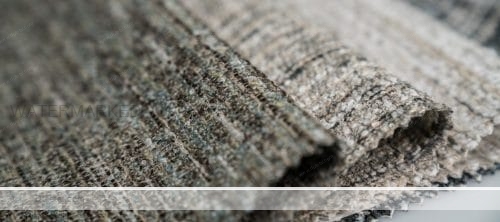
Canvas
Canvas is a strong, heavy-duty outdoor fabric used to make sails, tents, backpacks, tarps and even canoes. Modern canvas fabrics may be made from a variety of materials but are usually made using cotton or linen. Canvas is also a generic terms used to describe a variety of outdoor fabrics, including polyester, acrylics and blends of these materials. Mold and mildew are a major drawback of cotton or linen-based canvas fabrics because many true canvas materials are made of natural fibers.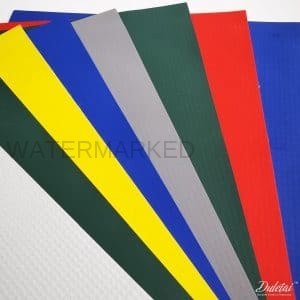
- Published in Technology
About Different Roller Blinds Applications
Views: 84
Roller blinds are a popular choice amongst homeowners, favoured for their attractive and fresh design. They are very versatile and can suit and enhance any type of interior décor. Roller blinds are also very functional when it comes to controlling (or blocking out) light, providing privacy and good insulation.
Roller blinds come in many different designs and materials, so there’s plenty of choice when it comes to styling your home!
Some of the most popular styles include:
- Blockout roller blinds
- Light filtering roller blinds
- Sunscreen roller blinds
These designs are all available in different colours and materials. They also have wonderful UV ratings to protect furnishings in your house.
Rooms Where Blockout Roller Blinds Are Most Often Used
Bedrooms
Blockout roller blinds are perfect when installed in bedrooms. Blockout fabrics are very good at offering privacy and blocking out unwanted light during the day or night. When the blinds are rolled down, you can enjoy high levels of privacy in your bedroom.
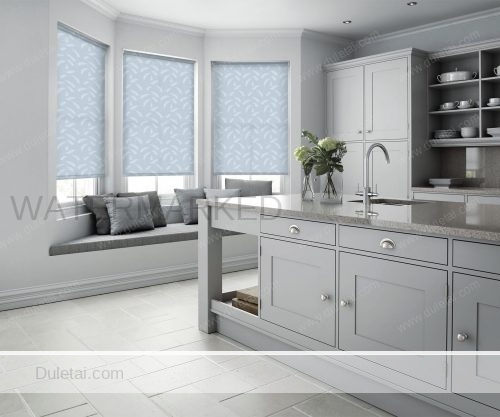
Kitchens
Blockout and sunscreen fabrics are the two most preferred types for kitchen window blinds. Which of the two you choose comes down to your desired level of privacy. Using water-resistant materials for kitchen windows is also a good idea to prevent damage and unsightly stains.
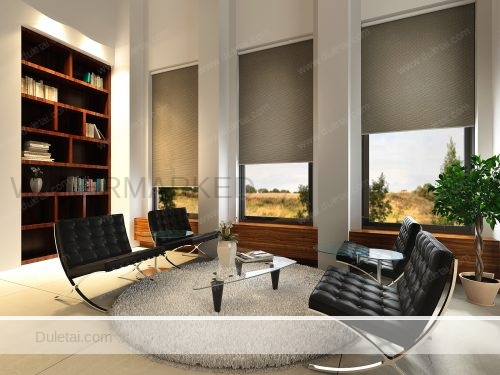
Living Rooms
Most homeowners use all three types of roller fabrics together in their living areas. In fact, they may use combination brackets and install dual roller blinds to allow the use of any roller at any time. The sunscreen option is usually used during the day when the sun is shining, while the blockout roller option is used at night when darkness sets in.

Offices
Office spaces usually have sunscreen roller blinds installed on their windows. This is because they are effective at reducing sun glare, light and heat during the day. Blockout roller blinds can also be installed in conference rooms where light reduction may be necessary.
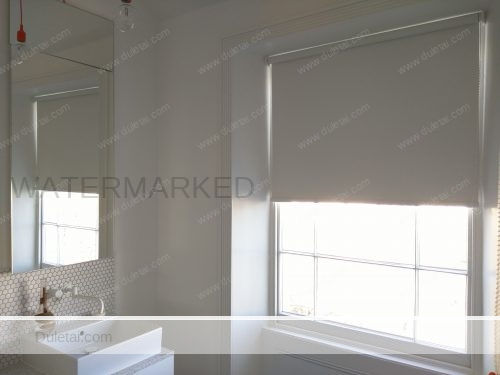
Bathrooms
These rooms require a high level of privacy, so blockout materials are the most common choice. When choosing materials for a bathroom, consider choosing a water-resistant material. Light filtering rollers could also be ideal because they offer both light and privacy.
- Published in Technology

